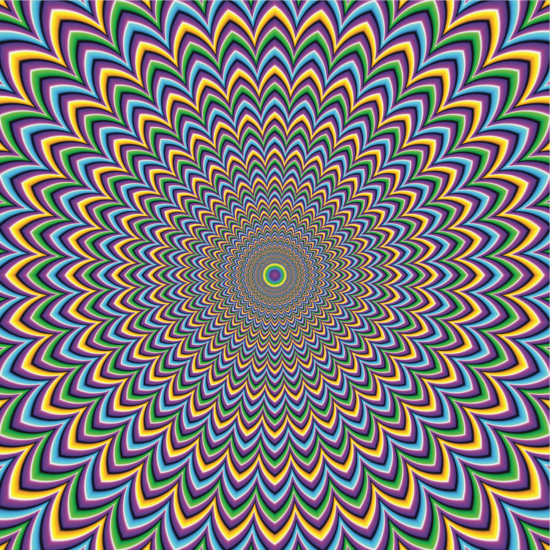This is a task that combines art, mathematics and design. Students are asked to see and design optical illusions, think about the mathematics inside them and pose mathematical questions for their friends.
Task Instructions
- Optical art consists of geometric shapes and patterns, and is often coloured in black and white. Look at the three examples, do you see anything about the patterns that cause them to create an optical illusion?
- Using the 100-square grid, create your own interesting pattern. Share your designs with a classmate and find out if they see an illusion when looking at your pattern.
- Did you get any more ideas about the ways to create an optical illusion? Describe your mathematical thinking about ways to do that.
- Can you see any patterns, fractions, or decimals in your artwork? Where are they?
- Think of a mathematical question that you could ask about your artwork.
- If someone else wanted to recreate your artwork, what directions would you give them?
Materials
- One handout per student
- Copies of the 100-square grid handout
- Ruler
- Colored pencils or markers
Extensions
It is interesting to think about what creates an illusion in optical art. Do optical illusions have certain mathematical properties? One idea would be for the whole class to display their designs and look together to see if certain designs create particular visual properties. If you want to extend this task into a bigger project Wikipedia has some interesting information about optical art. https://en.wikipedia.org/wiki/Mathematics_and_art https://en.wikipedia.org/wiki/Op_artReference
Jo Boaler, Michael Jarry-Shore & Cathy Williams


